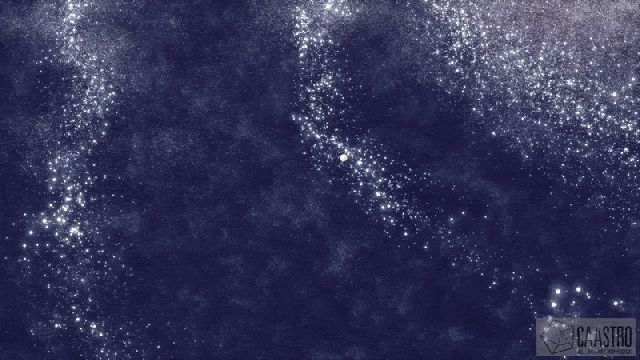‘Aliens’ Is Not A Scientific Explanation For Interstellar Asteroid ʻOumuamua
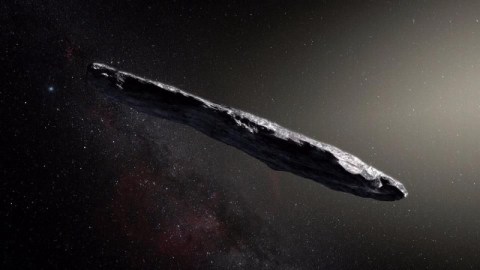
When scientists claim that an unexplained phenomenon might be due to aliens, they’re giving up on science.
Whenever science discovers a new, unexpected phenomenon, it represents a tremendous opportunity to learn something new about our Universe. Last year, the first unambiguously interstellar object, ʻOumuamua, flew through our Solar System, delighting and amazing astronomers worldwide. Coming in at a steep angle with an incredibly large speed and a bizarre, cigar-like shape, it must have originated far away and long ago, most likely from a distant star system.
Surprisingly, as scientists observed it speeding away from the Sun, it appeared to accelerate away, deviating from the simple predictions that Newton’s law of gravity dictated. What could have caused it? According to a new paper by Harvard scientists Schmuel Baily and Avi Loeb, it could have been due to an alien-created lightsail from a distant, extraterrestrial civilization. Although the idea has taken the world by storm, it’s a shocking example of sensationalist, ill-motivated science.
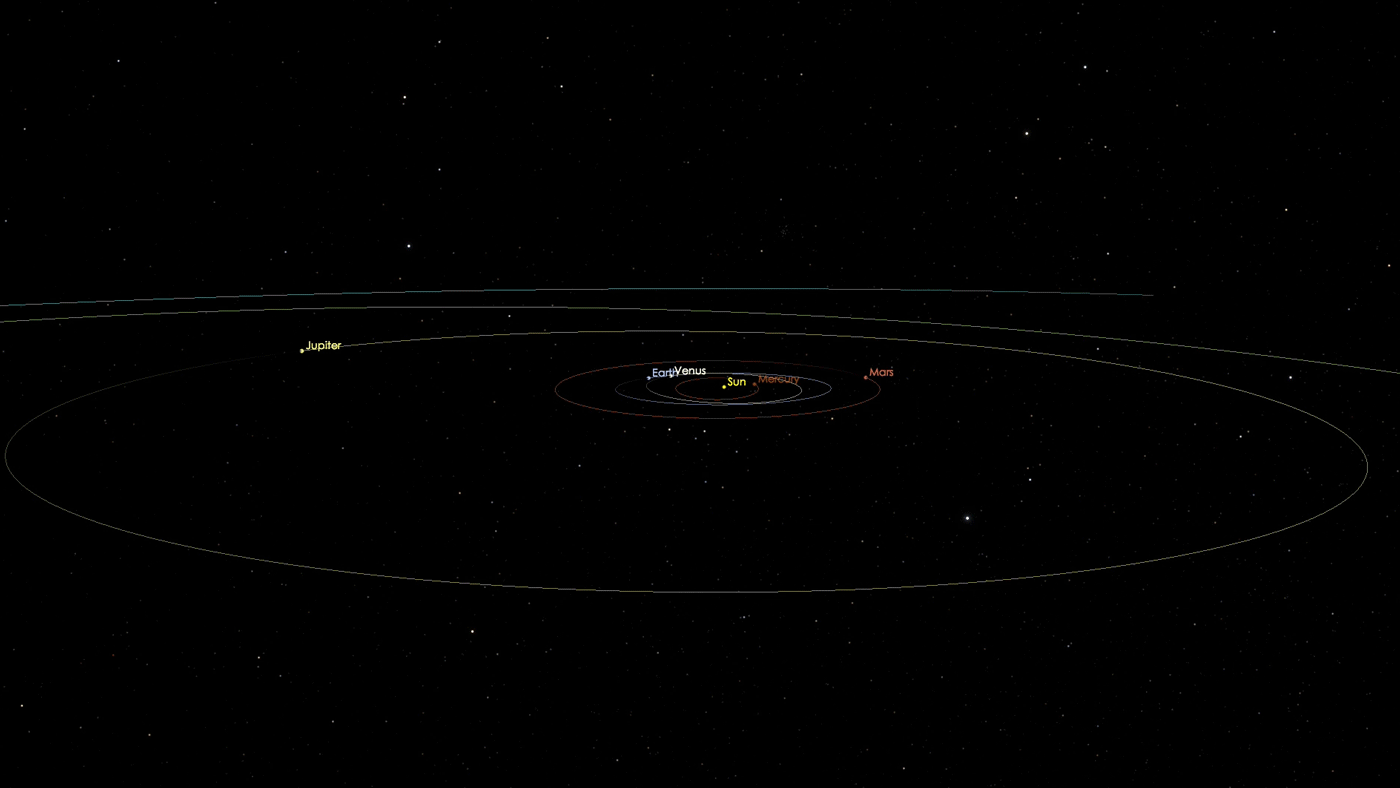
For astronomers and astrophysicists, the law of gravity should always be the dominant factor when any massive object flies through our Solar System. The Sun’s gravitational attraction has by far the largest effect, pulling any mass towards it in accord with either Newton’s or Einstein’s laws, depending on how accurate you want to get. The only possible orbits, according to Newton’s law of gravitation, should be a circle, an ellipse, a parabola or a hyperbola.
For an object such as ʻOumuamua, the orbit must be hyperbolic. Whereas an object that started within our Solar System, at Neptune or beyond, could perhaps be initially moving with speeds up to 1 km/s, ʻOumuamua began its entry into our Solar System at speeds in excess of 20 km/s. Without a close pass by any of the gas giants, its origin must have been interstellar in nature.

Yet, as it departed our Solar System, it didn’t follow the predicted hyperbolic path. According to the best orbital reconstruction we’ve been able to muster, it sped up as it moved towards the Sun, and then slowed down as it moved away from the Sun. But it didn’t quite slow down at the predicted rate; it’s as though there were a slight, extra force pushing it away from the Sun, in addition to what the laws of gravitation predicted.
Any physical phenomenon that doesn’t match with the simplest predictions we can make is extremely interesting from a scientific perspective. It means that there’s some other factor at play: something playing a major role in addition to what we’d normally, naively consider.
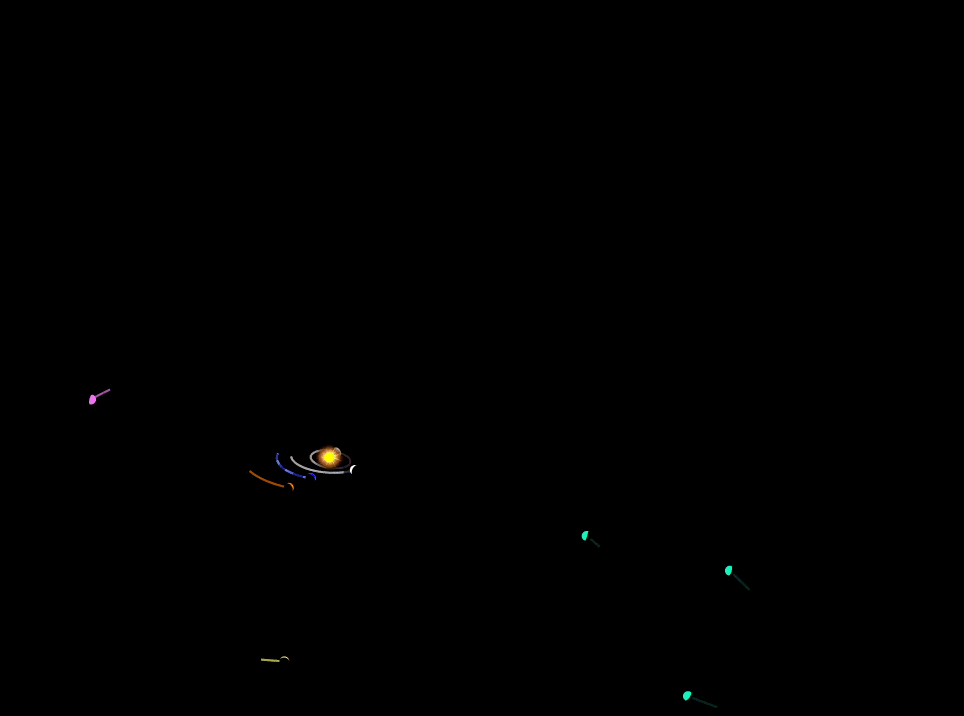
In the case of an interstellar asteroid, a number of physical explanations that lead to a different orbit than what we naively predicted would make a lot of sense.
- Dark matter could be present, but that’s unlikely to be the culprit, since that would cause an acceleration towards the Sun.
- Volatile material could be heated and outgassing from the surface, but that’s also unlikely, since it showed no sign of a comet-like tail.
- It could be due to uneven heating of the object itself by the Sun, which has been the culprit of “anomalous acceleration” in the past, such as for the Pioneer satellites.
- Or, as the authors propose, it could be due to the solar radiation pressure, pushing against the object itself and causing it to accelerate faster-than-expected due to gravity alone.
Of these potential explanations, the first is no good, the second is unlikely, but either the third or fourth could easily solve the mystery.
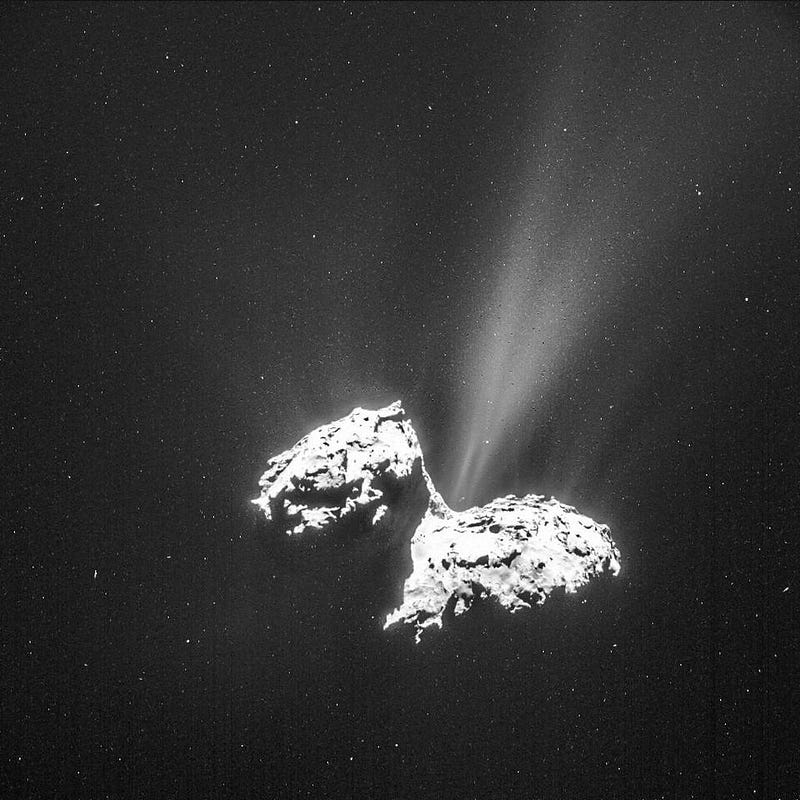
The outgassing explanation makes the most sense, as both asteroids and comets from within our Solar System are rife with volatile compounds on their surfaces. A volatile, by definition, is a solid, ice-like chemical that will heat up, change to the gaseous phase, and evaporate away when the parent body gets too close to the Sun. Comets develop tails (and sometimes asteroids do, too), both of them outgas, and the additional push from the Sun can cause an additional acceleration beyond what gravity predicts on its own.
The only problem with this scenario is that we made very detailed observations of ʻOumuamua itself, and there was absolutely no evidence of this outgassing behavior. The interstellar traveler appears to be rounded and weathered into a smooth, elongated shape, as though it were shaped by millions upon millions of years in interstellar space.
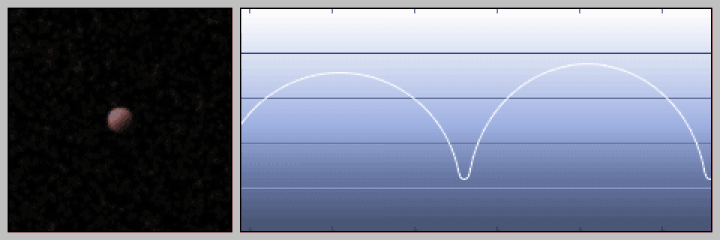
The uneven heating mechanism is extremely interesting. ʻOumuamua is a tumbling object, which is how we discovered its odd, cigar-like shape in the first place. When one side of the interstellar object faces the Sun, it heats up to temperatures that can be hundreds of degrees hotter than the away-facing side, leading to a large temperature gradient.
Every object radiates energy away in proportion to its temperature, and so the hot side will radiate with greater energy than the cold side. The tumbling nature (rather than a smooth rotation) implies an uneven emission of radiation, which could, in principle, lead to an anomalous acceleration. Whether the predicted acceleration will be consistent with what’s observed is a candidate explanation, but is yet to be confirmed.
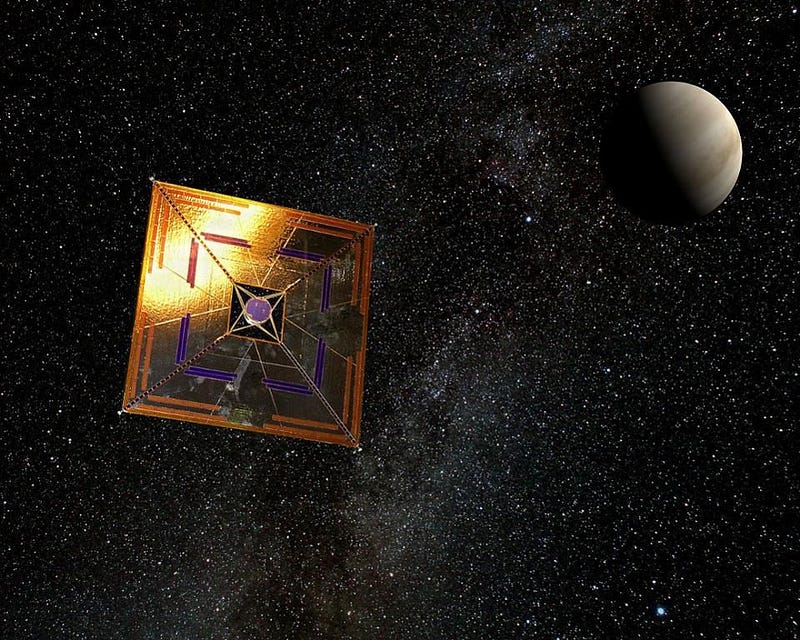
And the final “obvious” explanation is that the Sun, in addition to heating the object, exerts a radiation pressure of its own. If there were a large-enough surface area and a small enough mass to this object to reflect this solar radiation, the pressure from the Sun itself could cause this anomalous acceleration.
We’ve never had a close encounter with an interstellar object before; ʻOumuamua is the first one we’ve ever detected, imaged, and tracked. It is far beyond our telescopic capabilities now, being too small and too far away to track further. In other words, we’ll never know what its mass was, and we’ll never obtain better measurements of it than what’s already been recorded. All we can do now, based on the data we have, is speculate and try to reconstruct what might have happened.
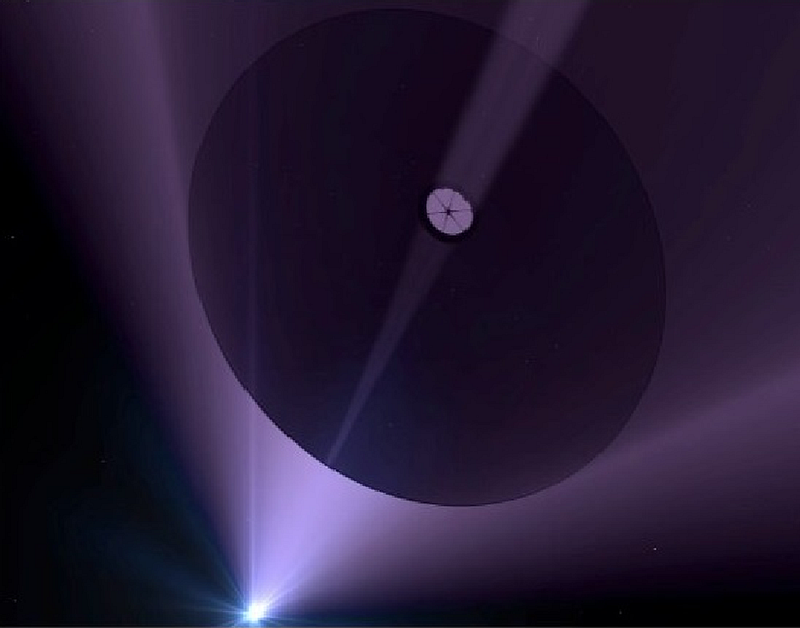
If Baily and Loeb’s paper had ended there, it would be fine science. But of course, you never would have heard of it if they had, because they wouldn’t have resorted to the most unlikely of explanations: aliens.
Why have you heard so much about fast radio bursts in the past few years? Because of the unlikely explanation of aliens that was put forth about it.
Why do we all know so much about Tabby’s star, with the interesting flux dips? Because of the extraordinarily unlikely alien megastructures scenario proposed to explain it.
And now, we have the notion that the interstellar interloper, ʻOumuamua, might be an alien probe with a thin, reflective light-sail on it: a scaled-up version of a Breakthrough Starshot-like project.
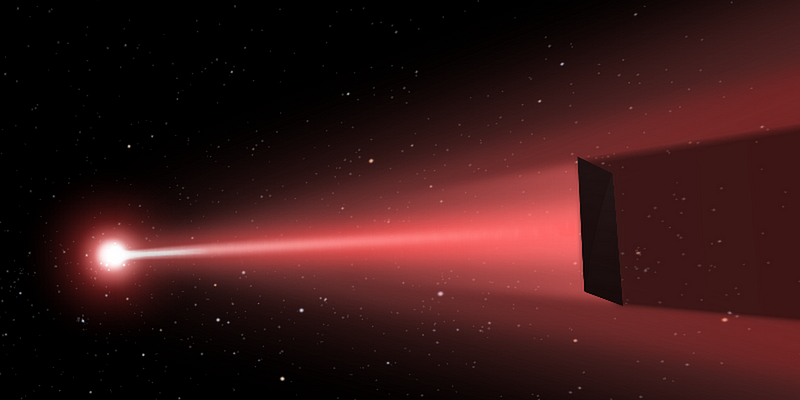
It might be fun to imagine scenarios where aliens are responsible for phenomena that we aren’t exactly sure how to explain with the present data we have, and perhaps it’s worth keeping an open mind when it comes to their existence. But the whole point of doing science is to learn about the Universe the way it actually is, based on the evidence we actually have. As it stands, there are a slew of candidate, natural explanations for all of these phenomena that don’t invoke new physics, exotic scenarios, or the intervention of alien intelligence.
Moreover, the spectral signature of the object, its color, reflectivity, and other properties are consistent with a natural, rather than intelligent alien, origin. Baily and Loeb have given us extraordinary, science-fiction level conjecture, with practically nothing more than their own speculation to back it up.
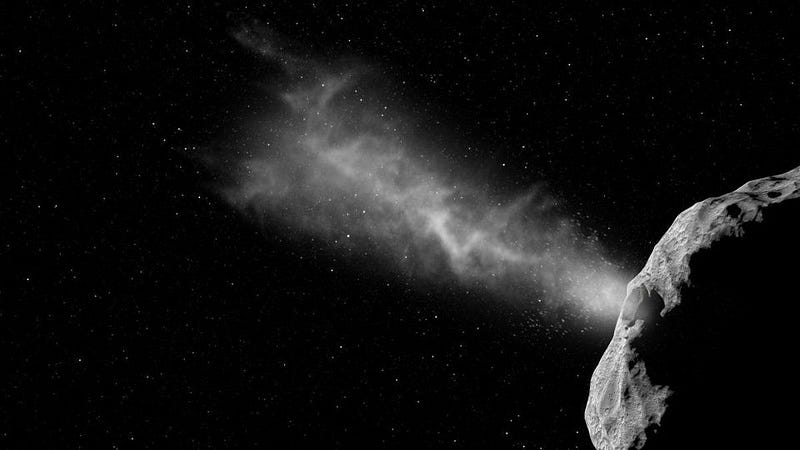
We often say that extraordinary claims require extraordinary evidence, and in all of these cases the evidence is very, very ordinary indeed. It’s worth keeping our mind open to the possibility that there’s more out there in the Universe than we presently realize, but not to embrace those possibilities as likely in any way whatsoever. When you leap to explanations that are fantastic, it’s all too easy to forget about the most likely explanations, which often involve nothing more than the natural phenomena already present and well-understood in the Universe we know.
In the case of interstellar interloper ʻOumuamua, we should be looking at the natural explanations first and foremost, not speculating about something for which the only evidence is our own wishful thinking. After all, what can be asserted without evidence can — and should — be dismissed without evidence.
Ethan Siegel is the author of Beyond the Galaxy and Treknology. You can pre-order his third book, currently in development: the Encyclopaedia Cosmologica.





